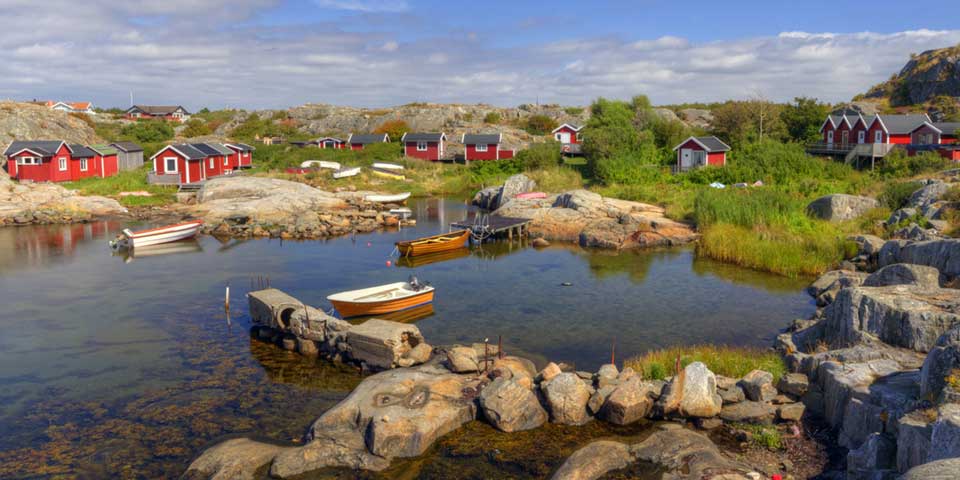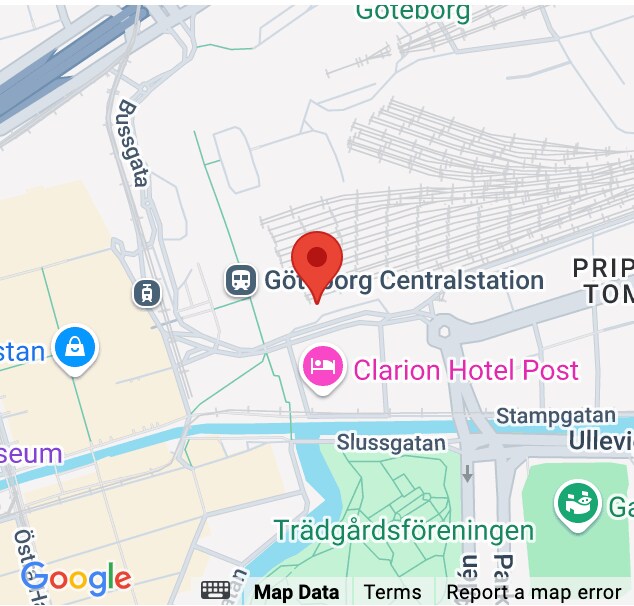Gothenburg Steps into the Light

GOTHENBURG
Gothenburg lives in Stockholm’s shadow. Sweden’s second largest city is often overlooked for the more familiar capital, but the lack of notoriety is an advantage for cash-strapped travelers who are weary of high prices in Stockholm.
Gothenburg boasts a young, hip population that is drawn from two local universities – the University of Gothenburg and Chalmers University of Technology. With so many students, dining, nightlife and recreational activities abound.
After arriving at Goteborg Landvetter Airport, drive 25 km to the town’s center.
Stroll along Kungsportsavenyn, commonly known as Avenyn, which is the main boulevard. Take time to shop at the many boutique stores and art galleries. In summer, outdoor cafes buzz with visitors who linger over a cup of coffee and enjoy the warm weather.
The Avenyn ends at the Gotaplatsen, a public square and gathering spot for tourists. The square is home to several cultural institutions and the city’s landmark Poseidon statue, designed by Swedish sculptor Carl Milles.
The Gothenburg Museum of Art, located directly behind Poseidon, focuses on Nordic works from artists such as Albert Edelfelt, Ernst Josephson, Carl Larsson and Edvard Munch.
Gothenburg Concert Hall is world-renowned for its acoustics and home to the Sweden’s national orchestra. Watch a musical performance here or attend a play at the nearby City Theatre.
In winter, film buffs flock to the Gothenburg International Film Festival, which began in 1979 and has grown into the largest film festival in Scandinavia. In 2014, the festival screened almost 500 films from 76 countries to an audience of 35,000 movie fans.
Although Gothenburg is known as a cultural hub, outdoor activities also are popular.
Parents traveling with children should visit Liseberg amusement park, the largest in northern Europe. A new $30-million Projekt Helix rollercoaster debuted in 2014 and includes several steep drops, seven inversions and three airtime hills, all at speeds up to 100 km/hr. Liseberg draws more visitors than any other attraction in Sweden, so plan accordingly to avoid the crowds.
In the early 20th century, Gothenburg flourished as a center for shipbuilding, and a strong connection to the sea still exists. Padden canal boats ply the Gota River, which runs through the city to the harbor. The boats pass under many old bridges and a moat that dates back to the 17th century.
Gothenburg’s shipbuilding heyday is long gone, but the area still supports the automobile industry. Volvo was founded here in 1927, and car enthusiasts can visit the Volvo Museum or the factory. The factory has a Blue Train tour that shows the cars being built by humans and impressive robots that work tirelessly.
Gothenburg’s young vibe and burgeoning entertainment scene ensure that visitors stay busy. But don’t forget to relax and enjoy the simple pleasures of this Scandinavian destination.

